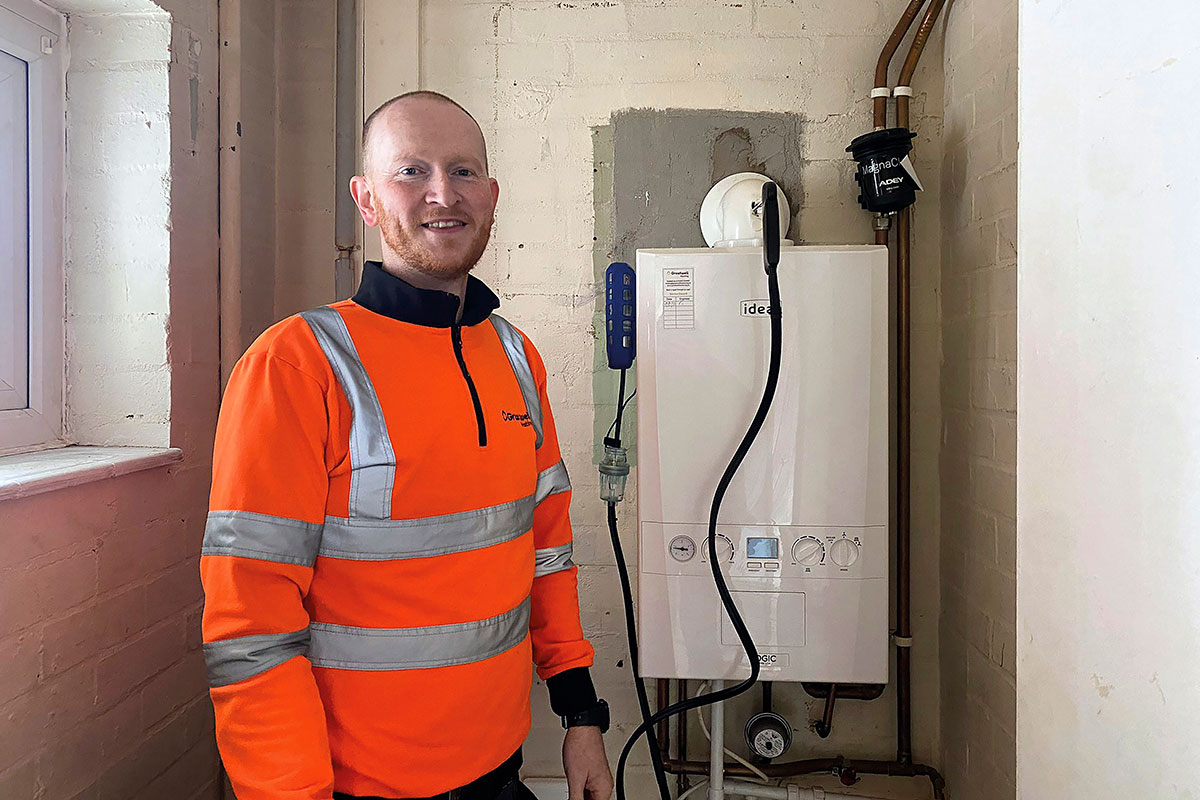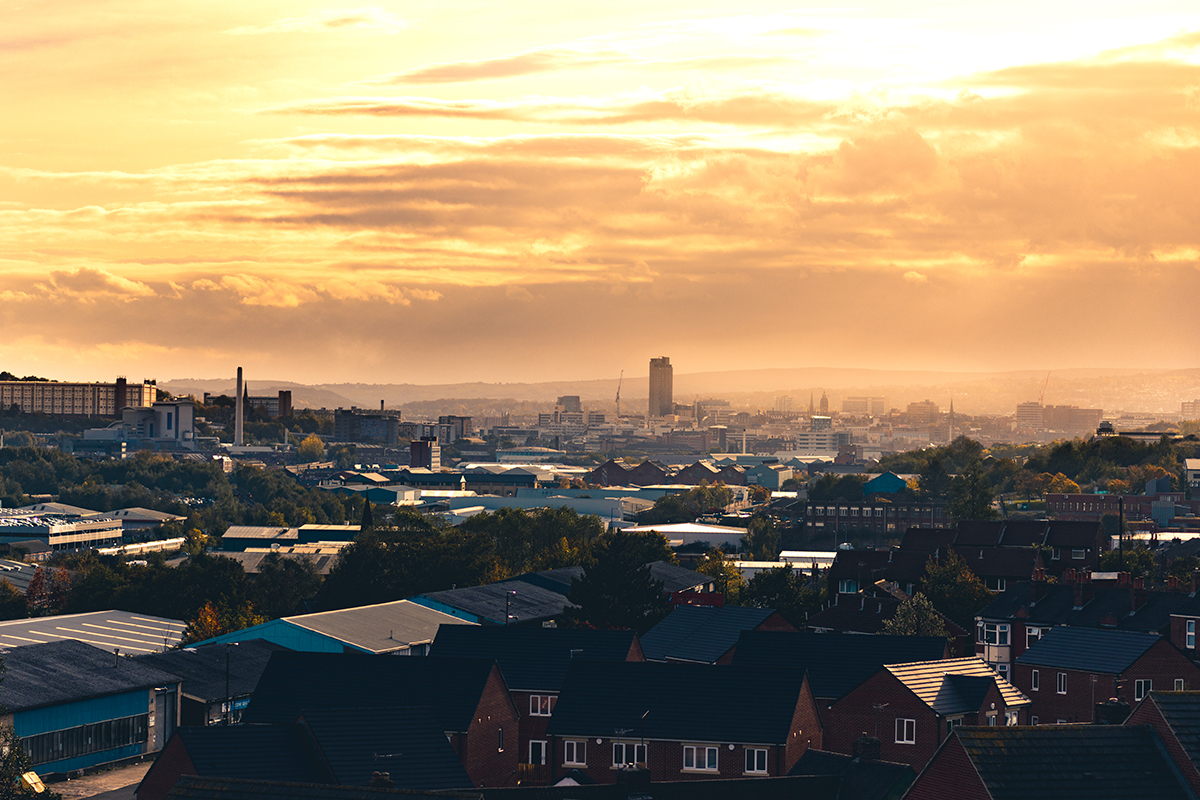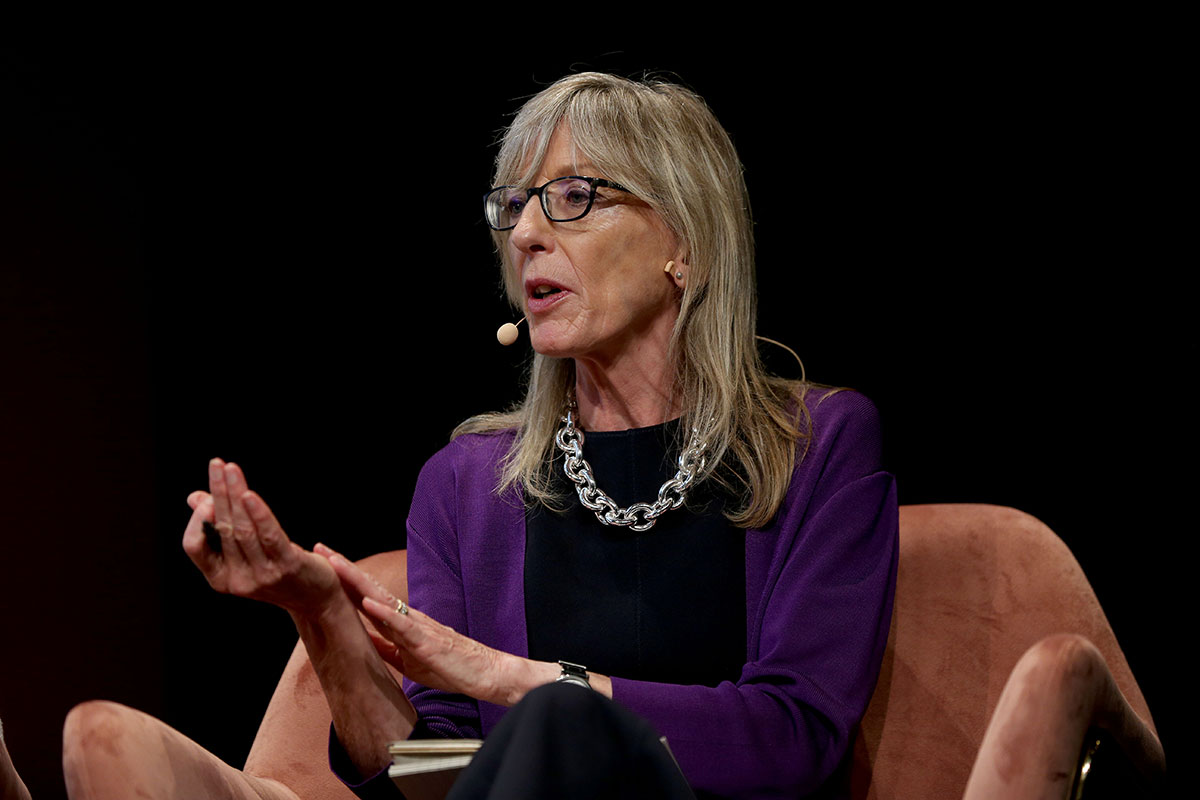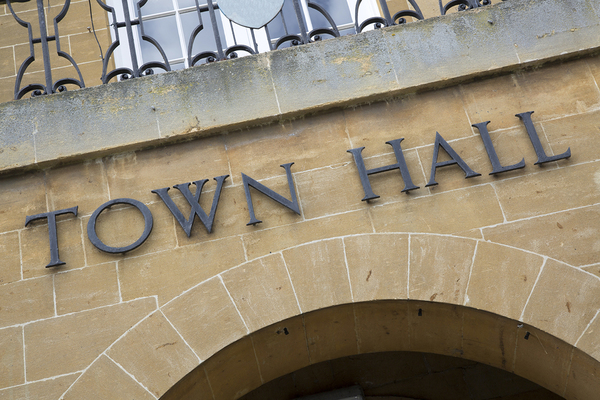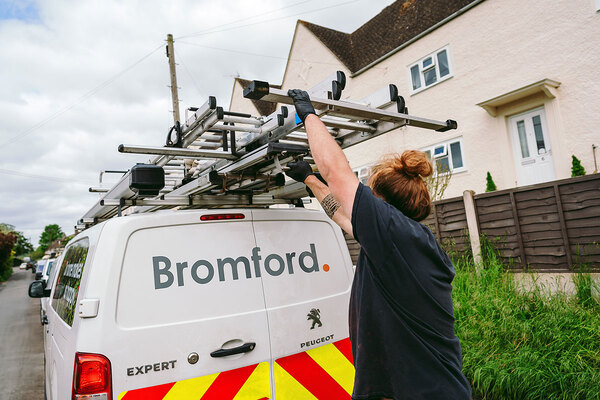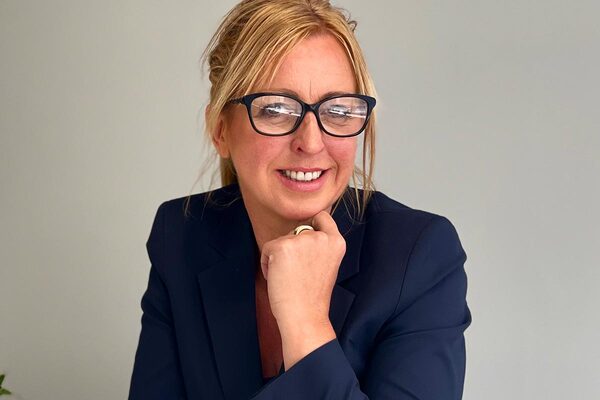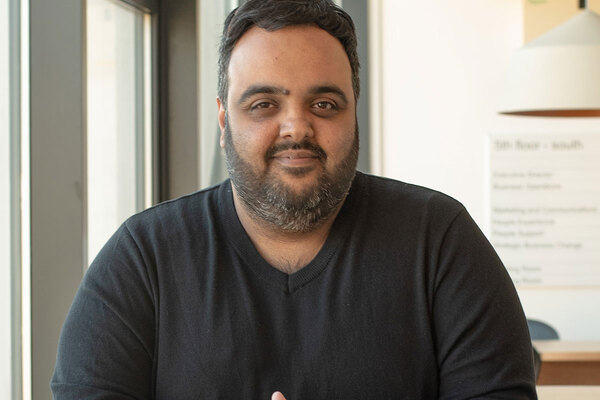Radon gas checks in Leeds council homes are proportionate, councillor says
Tests for radon gas in more than 9,000 council-owned homes in Leeds are appropriate and proportionate, a councillor has said.
Last month, Leeds City Council said it was carrying out precautionary checks for the radioactive gas in the Morley, Middleton and Rothwell areas.
A total of 9,100 homes were identified by the council as having between a 1% and 5% risk of excessive radon potential. A further 45,000 council homes are believed to have a risk factor of between 0% and 1%.
The naturally occurring gas comes from rocks and soil found everywhere in the UK, but exposure to high levels can cause lung cancer, according to the UK Health Security Agency (UKHSA).
Jessica Lennox, executive member for housing at Leeds City Council, told Inside Housing that the local authority had followed the advice of the UKHSA and its response was proportionate.
She added: “I’m keen that people don’t think that we’ve got a load of decaying unhealthy properties in the city.”
Ms Lennox said: “The risk that’s been assessed for Leeds is below 5% of properties have any kind of risk. Whereas in some areas across the city, in South Wales and in the South West, it’s up to 60-70% risk. However, we’re not taking that as being no risk at all.
“There is inspection going on. But we’re keen that people understand that the inspection that we’re undertaking is proportionate to the examinations and the calculations that have happened.
“I don’t want people worrying that they are living in a home that’s gradually killing them in Leeds, because we know from the initial assessments that have been done that that’s not the case.”
She continued: “I’m keen that people don’t think that we’ve got a load of decaying unhealthy properties in the city, and we will take forward any actions that we find.
“It’s a very small percentage risk. And that’s just the risk, rather than what’s been identified.”
Ms Lennox confirmed that older properties would present a greater risk of radon gas. “It’s something that’s quite universal to councils and buildings across the country. So it’s definitely an appropriate, proportionate response that we’re taking.
“It’s important for people to realise that the level of risk in Leeds is low,” she added.
Radon tends to enter a building because the air pressure inside is usually lower than the pressure in the soil and rocks around the foundations. The difference in pressure draws radon in through cracks in the foundations.
High levels of radon have been identified in Devon due to a large presence of granite in the region.
A 2021 map of radon gas published by Public Health England showed that levels of radon in homes in Teignbridge, Tavistock and Okehampton in Devon was past 200 Bq/m3, also known as “action level”.
Sign up for our Council Focus newsletter
Already have an account? Click here to manage your newsletters

